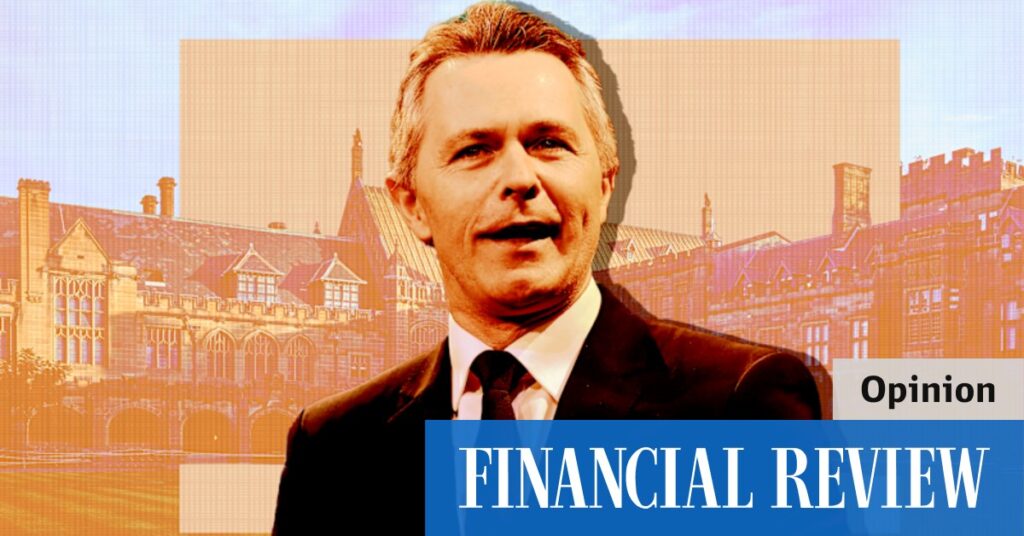
It is well past time for Australia to embrace a thorough rethink of the purpose of higher education. For over 40 years, the country’s university policy has been mired in outdated practices that fail to recognize education as a public good vital to national interests. Policymakers must now be brave enough to argue for a paradigm shift that prioritizes proper funding and support for the sector.
The debate over the role and funding of higher education in Australia has been ongoing, with many arguing that it should not be treated as just another industry. The notion that universities can largely self-fund through commercialization and entrepreneurial ventures has been a convenient fiction, masking the need for substantial government investment.
The Historical Context of University Funding
The roots of the current policy framework can be traced back to the 1980s when the Australian government began to shift the financial burden of higher education from the public sector to students and institutions themselves. This era marked the introduction of the Higher Education Contribution Scheme (HECS), which was intended to make education more accessible while reducing public expenditure.
However, over the decades, this approach has led to significant challenges. Universities have increasingly relied on international student fees and commercial activities to fill funding gaps. This reliance has exposed the sector to vulnerabilities, particularly highlighted during the COVID-19 pandemic when international student numbers plummeted.
Expert Opinions on Current Policies
According to Dr. Sarah Thompson, a leading education policy analyst, “The current model is unsustainable. Universities are being forced to act like businesses, which detracts from their primary mission of education and research.”
“Education should be viewed as a public investment, not a private commodity,” Dr. Thompson emphasizes.
Her sentiments are echoed by Professor Mark Evans, who argues that the commercialization of academic research has not yielded the substantial financial returns that policymakers anticipated. “The idea that academics can be turned into entrepreneurs is flawed. It diverts focus from teaching and fundamental research,” he states.
The Economic and Social Implications
The implications of underfunding higher education are far-reaching. Economically, it limits the potential for innovation and technological advancement, areas where universities traditionally lead. Socially, it exacerbates inequality, as students from lower-income backgrounds face higher financial barriers to entry.
Moreover, the pressure to generate revenue has led to increased casualization of the academic workforce. This trend has resulted in job insecurity and reduced quality of education, as casual staff often lack the resources and support needed to deliver high-quality teaching.
Comparisons with Global Counterparts
When compared to global counterparts, Australia’s investment in higher education is lagging. Countries like Germany and the Nordic nations treat education as a fundamental right, heavily subsidizing it to ensure access for all. These nations have reaped the benefits through strong economies and high levels of innovation.
By the Numbers: In 2020, Australia spent approximately 1.6% of its GDP on higher education, compared to 2.2% in Germany.
Looking Forward: The Need for Policy Reform
As Australia looks to the future, there is a growing consensus that reform is necessary. The government must reconsider its approach to funding and recognize the intrinsic value of education as a public good. This includes increasing public investment, reducing reliance on international student fees, and supporting academic staff.
Policymakers have a unique opportunity to reshape the higher education landscape, ensuring it meets the needs of future generations. This shift requires courage and vision, but the potential rewards—in terms of economic growth, social equity, and national innovation—are immense.
Ultimately, the question remains: will Australia seize this moment to redefine its educational priorities, or will it continue to adhere to a broken system that has persisted for four decades?







